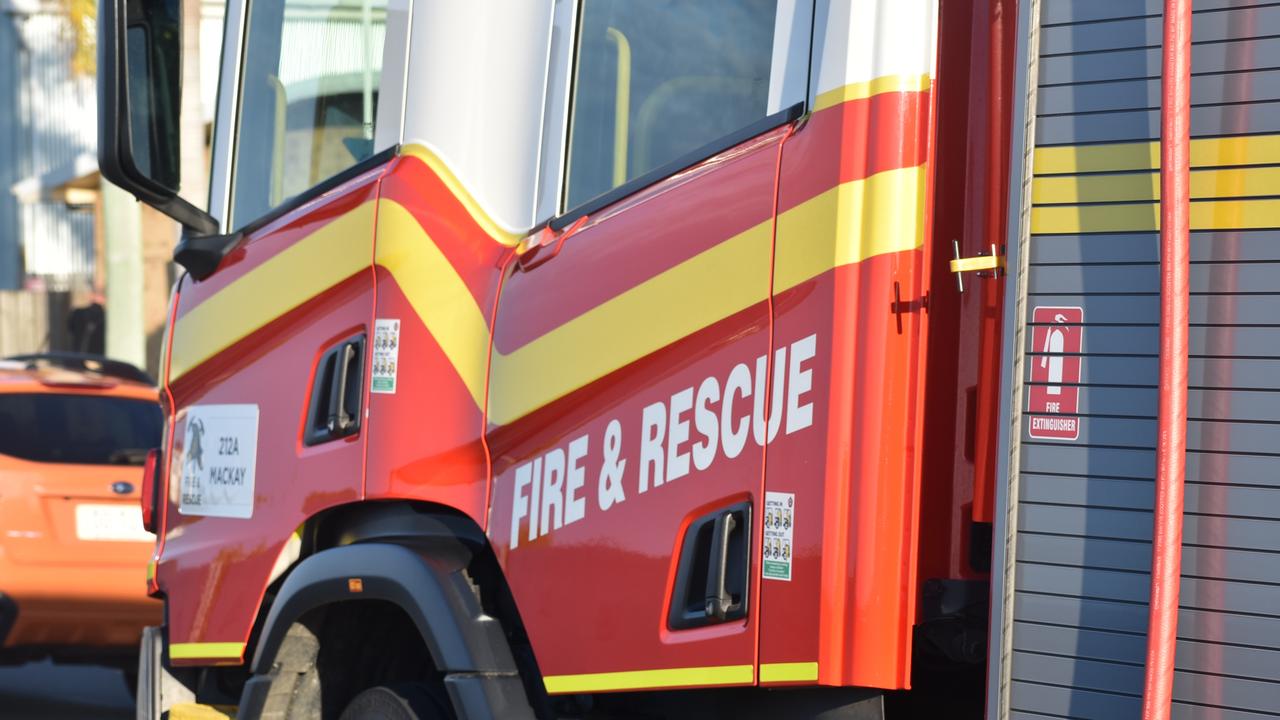Time for full feeding down on the farm
COLUMNIST looks at massive roo problem on farms

Warwick
Don't miss out on the headlines from Warwick. Followed categories will be added to My News.
DRY AS A BONE column in Bush Telegraph by Gerard Walsh - A lighter look at rural life
I MIGHT be a bit proactive but every time I smell an animal, my first thought is a dead cow.
The reality on Sunday was that each time I thought it might be a dead cow, it was in fact a dead kangaroo.
Down the years, we had lost a cow or two due to calving difficulties, fern, snakes or lack of feed.
We have only lost one cow so far this year and I suspect she may have eaten a piece of hay string. I saw the hay string on the ground and threw out a bit more hay until I went to pick up the hay string.
Thirty extra seconds and the cow had eaten the string. I am going past her resting place so see if there is any hay string but haven't spotted it yet.
With round bales now being sold, we are using hay or stubble rather than small bales of hay or cottonseed which was our go-to feed in the 1980s at Greymare.
I was writing about excess roos in this column months before they became a massive problem.
Even on Sunday night, there was a television story about the roos on a cycling track in Canberra.
They showed the bikes of two riders who had hit roos, luckily with no major injuries.
Three or four dead roos within 100m on a rural road is now commonplace.
Many of the roos from out west are heading our way and may not head back west when it does rain.
The reality is no one with a farm here or in the west can put up with the current roo numbers on our pastures.
Feed up
EVERY animal on our property is now being fed round bales of corn stubble.
They are getting hay, protein from a loose lick, molasses-based wet lick and a little bit of grass from the last 13mm of rain.
It is a good chance to do some figures on the cost and benefit of drought feeding for printing in this column.
We have 40 odd cows and 20 heifers for our move into full-scale feeding.
The heifers are our future, we plan to join them in October, 2019.
Twenty of the cows are still to calve, 10 have already calved, ten are dry.
I will put the cows down at $1 a kilogram and 350kgs in weight and will do a weight and price estimate when the drought breaks and take off the cost of the feed.
The reality is if you sell all your cattle and the season breaks around the same time across the eastern states, you will simply have to pay too much for replacement cows and heifers.
This is already the worst drought in the past 60 years. Please God it will rain soon.


